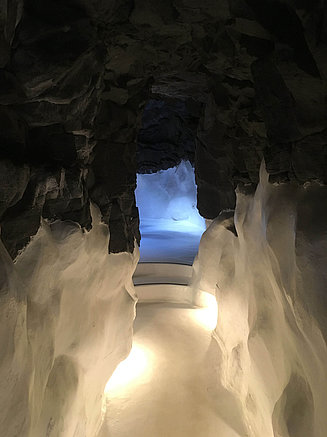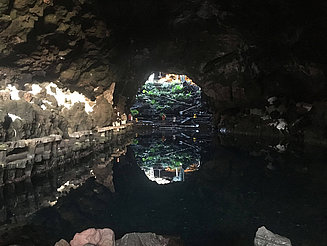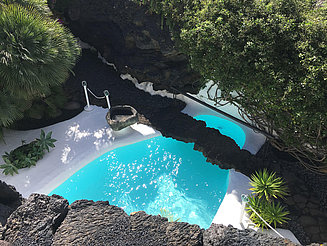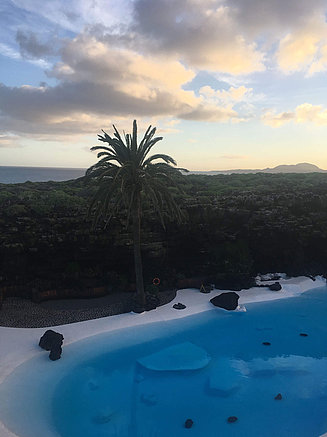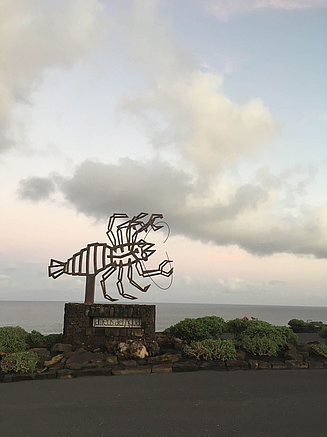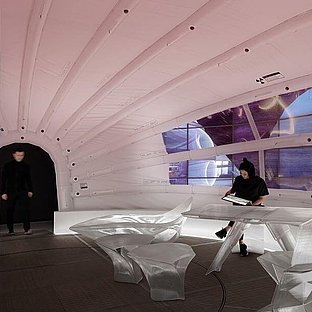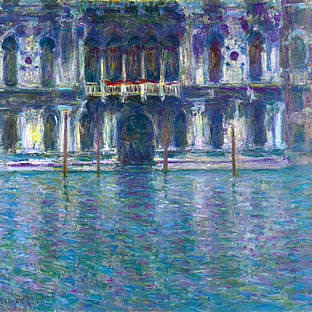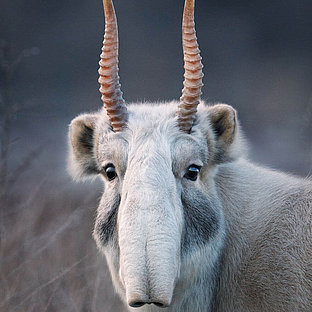Hidden beauty: how César Manrique turned Lanzarote into a jewel
3 min readThe oeuvre of Manrique is omnipresent on the Canary Islands. Scores of his sculptures embellish its numerous roundabouts. His great wish was that tourism on Lanzarote be developed in a gentler and more sustainable way than on the neighbouring islands of Gran Canaria and Teneriffa. His buildings rank among the island’s most important sights. He opened people’s eyes to the special beauty of his homeland.
Meanwhile, far more people have discovered this beauty for themselves than would have pleased César Manrique: he would have preferred a limited amount of tourism, and “no rich tourists, but curious, well-educated, sensitive, in short, civilized tourists instead”. The island has some 140,000 inhabitants. By now, the number of visitors each year is about twenty times that number. The Canarian writer Alberto Vázquez Figueroa tells the following story about the death of this pugnacious universal artist: “I was one of the first people to see César Manrique on the day he died. (…) I said: ‘Now it is all over with Lanzarote. There will not be anyone who can stop those greedy hyenas from destroying everything that is beautiful on this island.’ César was the only person who could keep those political and financial crooks in check.”
The most beautiful place in the world
What he really achieved was to transform Lanzarote, the “ugly duckling” among the Canary Islands, into a jewel. Most notably, he created underground quarters and buildings hidden in the landscape, such as the Mirador del Rio lookout, which is perfectly integrated in its surroundings. Tangible proof that volcanic rock can be an excellent living environment. In 1968, as the first signs of mass tourism loomed on the horizon, the anti-globalisation protester Manrique persuaded his friend, the president of the island’s administration, to enact a new regulation for the island: no building was allowed to exceed the height of three storeys. Allegedly the height of an average palm tree, so people say. With this move, the multi-talented activist intended to prevent “chaos in urban development and architectural barbarism”. In an interview in 1971, he stated the following: “I believe that the special characteristics of every place on this planet must be preserved by all means, otherwise we will soon be living in a boring standard culture without any creative imagination.”
In the 18th century, Lanzarote had been literally buried under streams of lava from several volcanic eruptions – there are actually about 300 volcanic cones on the island. Since then, a barren, red-black landscape with an almost extraterrestrial appearance has been the most outstanding feature of the countryside. Even the islanders first needed to be persuaded that this spot could be a jewel, as proclaimed by César Manrique. But the artist announced confidently: “I will transform our island into the most beautiful place in the world.” Not everyone may agree with this superlative, but surely no one can deny that Manrique took a huge step in that direction with his organic buildings designed to be in harmony with nature. The initial move that came in 1966 was the inauguration of the first part of the “Jameos del Agua”, a system of caves in which the passionate environmentalist had discovered a rubbish dump. He had the rubbish removed from the volcanic bubbles and found an underground lake. With his architectural adaptations, he created there a fantastic place that could have come from a James Bond film – with a restaurant, a museum, a pool and a unique auditorium.
The true nature of life
His own private residence, which today houses the foundation bearing his name today and is definitely worth a visit, also testifies to César Manrique’s talent for ingenious interweaving of architecture with nature. During a trip across the island, he had allegedly discovered a fig tree which stood in the middle of solidified lava near the village of Tahíche. When he came closer, he saw that the tree was growing directly out of a lava bubble. He climbed into it and found four more cavities. He bought this piece of land and carried out his idea of a partly subterranean residence. Here, he also implemented his ideas of good architecture, which is coordinated in every detail – trees stand in the middle of rooms, furniture seems to grow out of the walls as if alive, sculptures and decorative natural objects are combined into an inviting synthesis of the arts, where visitors would wish to stay forever if they could. Materials, colours and forms – everything seems to belong precisely here. The illuminated pool in the inner courtyard gives visitors the impression of having arrived in an oasis of beauty in the middle of the volcanic landscape.
Today, the residential buildings created by the artist are museums and landmarks that, like all of his other works of art, serve to reveal to the viewer the beauty of nature, the incomparable volcanic landscape, the wind, the light and the wild beaches where he spent his childhood.
But Manrique’s architectural influence, this myth of Lanzarote, goes much further. In his 1974 book, “Lanzarote: unpublished architecture“, he praises the local style of architecture: white cubic houses, no higher than two storeys. The traditional rural architecture has been promoted ever since. The houses are whitewashed – with shutters and doors painted green, or blue near the ocean; today a hallmark of Lanzarote. And yet another milestone can be largely attributed to the artist: Lanzarote was the first complete island to be declared a UNESCO biosphere reserve in 1993. A posthumous triumph for César Manrique, who always thought big: “Humans must integrate themselves carefully into the hindmost corners of nature in order to understand the true nature of life.”
Top 5 sights to see:
Mirador del Rio
Artistically designed lookout platform on a cliff with a café Carretera de Yé S/N HARÍA, 35541 Lanzarote, Las Palmas, Spain
Jameos del Agua
Centre of arts and culture, tourist attraction with a restaurant and shop Carretera Arrieta-Órzola, S/N, 35542, Las Palmas, Spain
Fundación César Manrique
Foundation located inside the artist’s former residence Calle Jorge Luis Borges, 16, 35507 Tahiche, Las Palmas, Spain
Jardín de Cactus
Artistically designed cactus garden Av. Garafía, 35544 Guatiza, Las Palmas, Spain
LagOmar
Former residence of the actor Omar Sharif Calle los Loros, 2, 35539 Nazaret, Las Palmas, Spain

